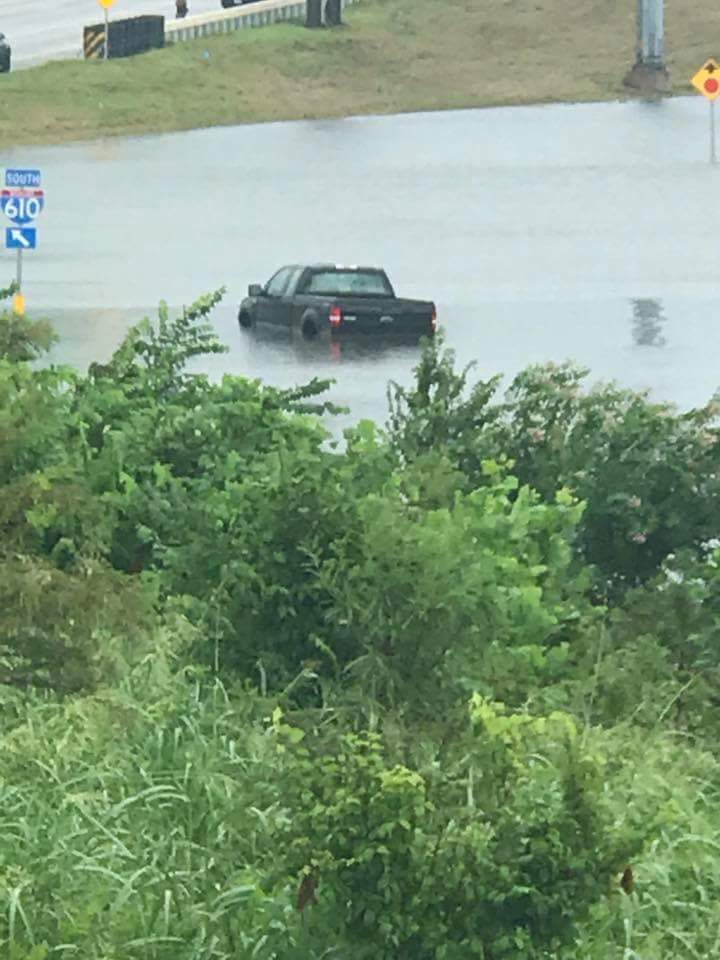There are more than a few things, like oil, that do not mix wellwith water.
|Topping that list for this summer are motor vehicles, which is acostly reality for vehicle owners and insurers after thedeluge-heavy hurricanes that have targeted the coastal UnitedStates.
|Water-damaged cars
Once Hurricane Harvey abated it was clear vehicle salvage numbers would jump in greaterTexas. With car ownership in Houston running at about 1.8 vehiclesper household and a population of nearly 7 million people,thousands of private, commercial and dealer-owned vehicles havebeen exposed to water inundation, according to recent Wired magazine coverage.
Salvage numbers for Florida after Hurricane Irma should fallwell short of Houston’s toll simply because hypervigilant publicauthorities, supported by 24-hour media coverage, kept most driversoff the roadways during Irma’s landfall. Even so, vehicle claimswill bump up in the Southeastern U.S. as well. Hurricane Maria’svehicle claims in Puerto Rico are as yet to be determined becausethe damage has been so pervasive.
|Typical outcome of catastrophic storms
Although these were dreadful events experienced by millions ofpeople, their watery consequences for property like motor vehiclesare typical for catastrophic storms. However, even the desert Westis not immune to the inimical power of water.
Monsoonal rainstorms can drop huge amounts of water in short,quick bursts that can race through gorges and turn low-lying areasinto temporary lakes. Both scenarios endanger drivers as well astheir vehicles and trigger water-damage claims in summertime.
|Related: Hail, water and wind are top auto perils betweenMarch and May
||
A pickup truck was trapped in a flooded parking lot afterHurricane Harvey swept through Houston. (Photo: AmericanTechnologies, Inc.)
|Can that vehicle be saved?
So how does nature-borne water damage motor vehicles? There area few facts to gather right from the start about the water-loggedcar or truck. Was it exposed to saltwater or freshwater? Beyondthat, was it operating or turned off when inundated? What was themaximum height of the waterline and the duration of the waterexposure? Add to the list: the year, make and model of the vehicle.The answers will help determine if the vehicle is potentiallysalvageable.
|The bad news is that saltwater is more inimical to motorvehicles than fresh. Salt is corrosive; not only will it damage thebody, finish and interior, high levels of saltwater exposure willharm motor vehicle parts, especially hoses and low-voltageelectrical sensors. The damage potential increases if the vehiclewas driven through salty flood waters and the liquid permeated thedrivetrain and electronics. Invasive mud and silt also wreak havocon sensitive mechanical systems and parts.
|While fresh water is less problematic, and raises the potentialfor a successful salvage of the water-damaged vehicle, it ischallenging to address every consequence of the harm. It is commonfor repair issues to crop up months, sometimes years, after waterexposure. A single post-flood fluid change is never sufficient. Thebest strategy requires follow-up checks of the affected vehiclesystems and regular flushing and fluid changes as well. Mildew,mold and rust present additional problems.
|Electronics & water don’t mix
It is not surprising to learn that the newest vehicles withtheir slew of onboard electronics are the least repairable of allmakes and models following water intrusion. The worst of allpossible scenarios for vehicle owners and insurers is anewest-model vehicle exposed to extensive and sustained saltwaterflooding. However, there is a strong chance that owner purchasedcomprehensive insurance coverage, thus ameliorating at least aportion of property losses sustained as a result of severerainstorms.
|Of all natural disasters, at least wet deluges and strong windsoffer the possibility of prior warning. Weather forecasters haveaccess to immense amounts of data that enable them to delivertimely storm updates to vulnerable populations.
|Preparation is the single most important advantage to those inharm’s way. Unfortunately, motor vehicles are not that easy tosafeguard from harm: higher ground is elusive in flood plains;dealerships and businesses with fleets have vast numbers ofvehicles on their lots exposed to weather; and many people do nothave handy garages and shelter for their rolling stock. At leastthose who heed the warnings and prepare to the best of theirabilities have the best chance of emerging with life and propertyintact.
|Chris Chriest is the managing engineer at Peter R. Thom andAssociates Inc., a national firm of consulting automotiveengineers. Contact him at [email protected] for moreinformation.
|Related: After the flooding: 6 tips for vehicle owners andbuyers
Want to continue reading?
Become a Free PropertyCasualty360 Digital Reader
Your access to unlimited PropertyCasualty360 content isn’t changing.
Once you are an ALM digital member, you’ll receive:
- All PropertyCasualty360.com news coverage, best practices, and in-depth analysis.
- Educational webcasts, resources from industry leaders, and informative newsletters.
- Other award-winning websites including BenefitsPRO.com and ThinkAdvisor.com.
Already have an account? Sign In
© 2024 ALM Global, LLC, All Rights Reserved. Request academic re-use from www.copyright.com. All other uses, submit a request to [email protected]. For more information visit Asset & Logo Licensing.








